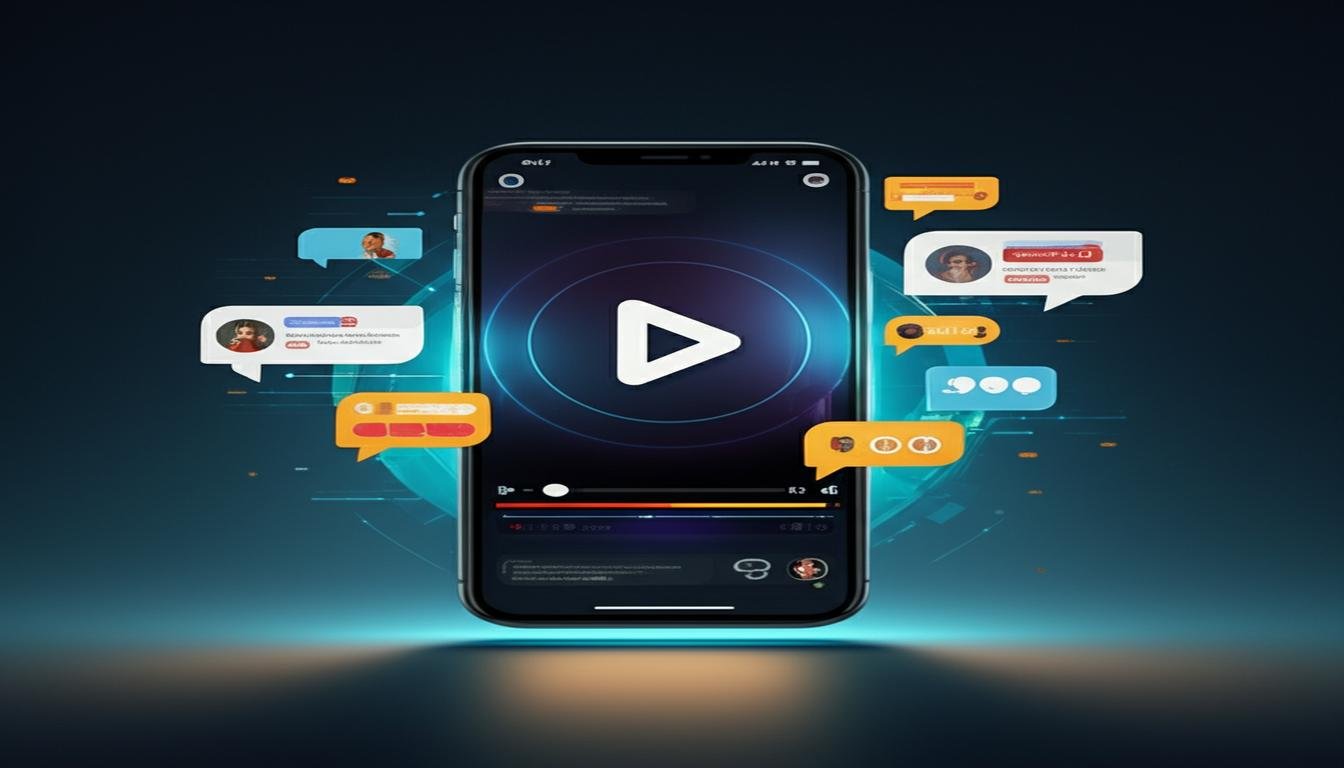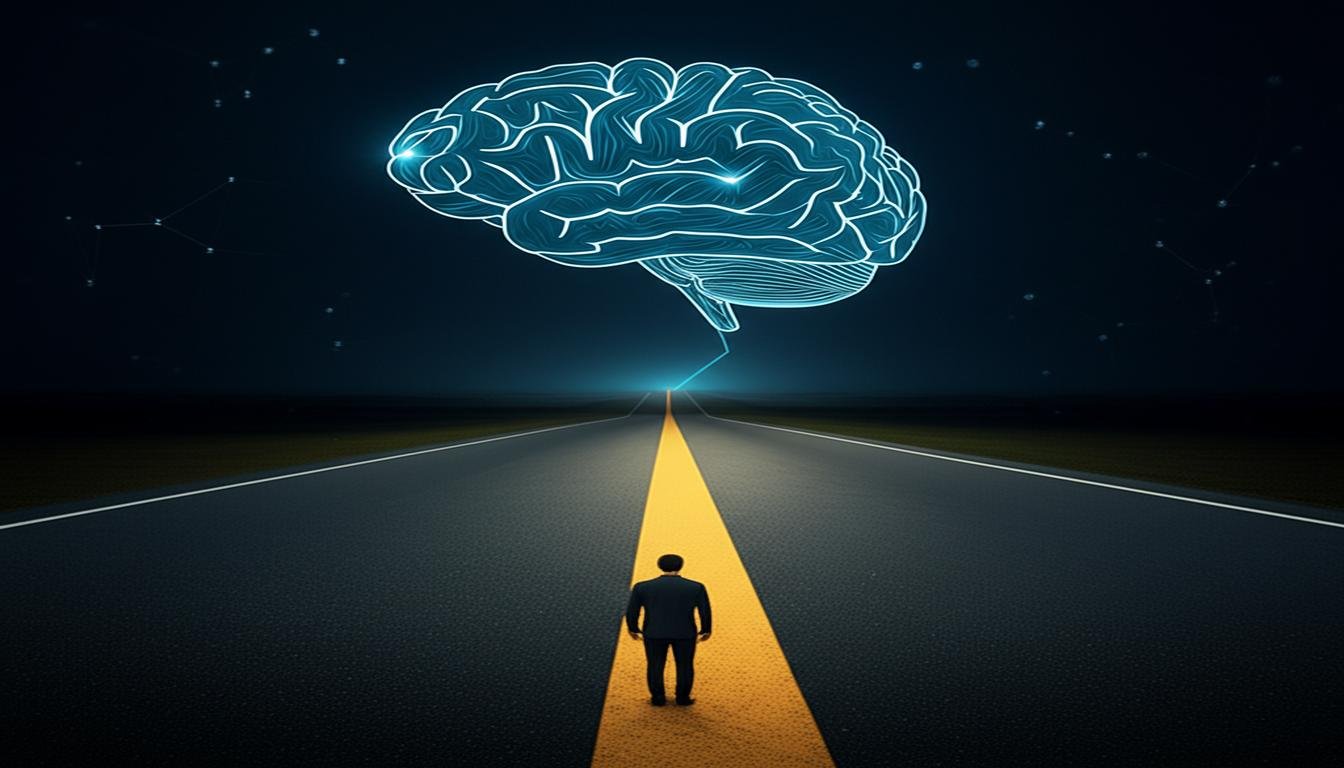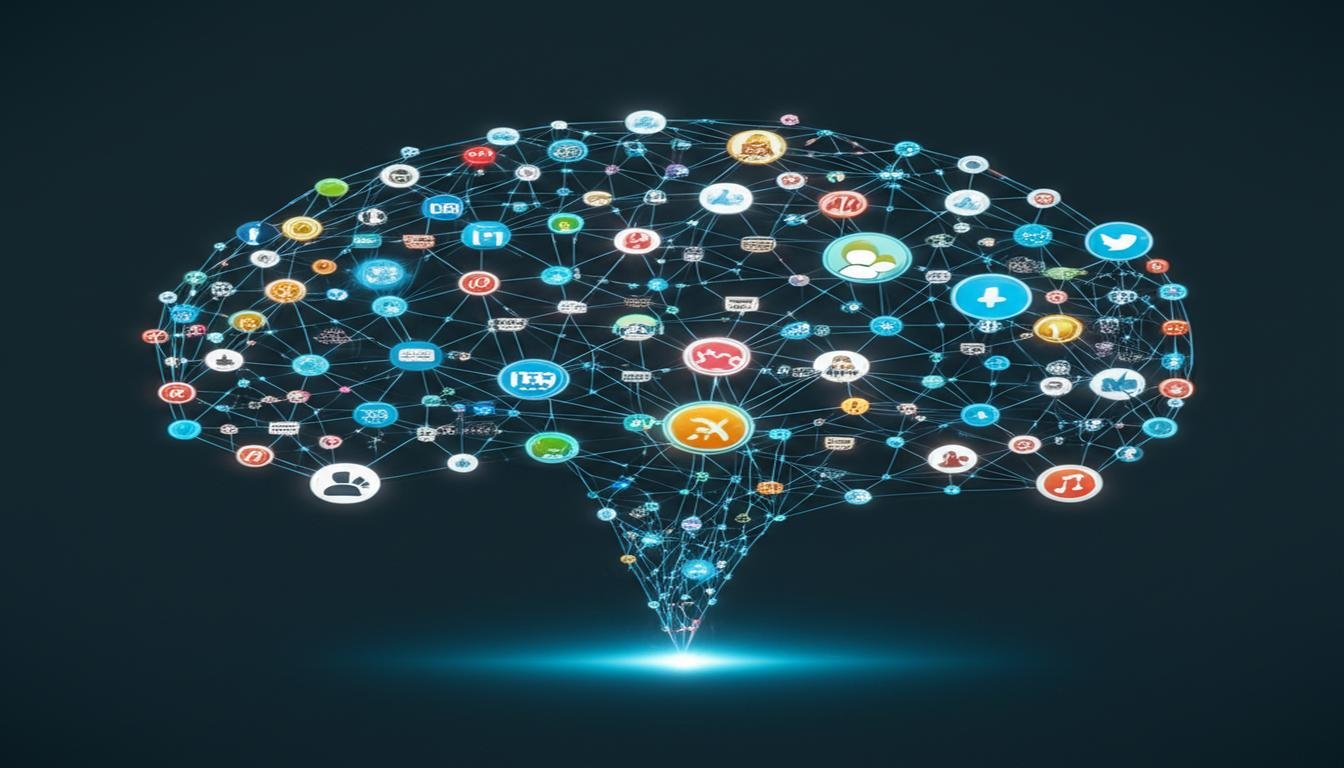The Most Realistic AI Avatars Yet – Meet Your Digital Twin
Ever gazed into a mirror and wondered what it would be like to have a digital version of yourself, not just a photo, but a living, breathing replica that moves, talks, and even expresses emotion? Well, stop wondering. The future of AI avatars is here, and it’s shockingly realistic. We’re talking about hyper-realistic AI avatars that blur the lines between virtual and reality, giving us a glimpse into a world where your “digital twin” isn’t science fiction anymore.
It’s an exciting leap from the slightly blocky, often robotic-sounding virtual assistants we’re used to. These new AI creations are so convincing, you might just do a double-take.
What Exactly Are These Hyper-Realistic AI Avatars?
Forget the uncanny valley; these AI avatars have practically built a bridge over it. We’re talking about advanced AI models combined with stunning graphics and sophisticated voice synthesis that can create a virtual human indistinguishable from a real one on screen. They don’t just mimic human appearance; they capture subtle nuances:
- Facial Expressions: From a thoughtful frown to a genuine smile, their faces convey real emotion.
- Body Language: Natural gestures, posture, and movements that feel organic.
- Voice and Tone: Not just speech, but the natural inflections, pauses, and cadences that make human conversation unique.
- Personalization: The ability to learn and adapt, making interactions feel genuinely personal and responsive.
Imagine your digital self, looking just like you, responding to questions with your mannerisms, or delivering a presentation with your unique flair. That’s the power of a “digital twin.”
Beyond the Hype: Where Your Digital Twin Shines
So, these new AI avatars look incredible, but what can they actually *do*? Plenty! Their applications stretch across various industries, promising to revolutionize how we interact with technology and each other.
Personalized Customer Service
Picture this: you call customer support, and instead of a faceless voice, a friendly, hyper-realistic avatar greets you. It understands your query, speaks empathetically, and guides you through solutions – all while looking incredibly human. This isn’t just about efficiency; it’s about making digital interactions feel more comfortable and natural.
Education and Training
Learning could become way more engaging. Imagine a virtual history teacher who looks and sounds like a real person, making historical events come alive. Or a digital training assistant that can patiently walk you through complex procedures, offering personalized feedback. These AI-powered replicas could make learning more accessible and effective for everyone.
Content Creation and Storytelling
For creators, the possibilities are mind-blowing. Think about generating a realistic virtual host for a YouTube channel, a news anchor who never sleeps, or even a virtual actor for a film. This opens up entirely new avenues for storytelling and digital media production, making high-quality content more attainable.
Digital Companionship and Assistants
While still a topic with many ethical considerations, the potential for these digital twins to act as advanced personal assistants or even companions is on the horizon. They could help manage schedules, provide information, or simply offer engaging conversation, learning from your preferences over time to become truly indispensable.
The Road Ahead: Challenges and Ethical Considerations
Of course, with great power comes great responsibility. The rise of incredibly realistic AI avatars also brings up important questions. How do we ensure these digital twins are used ethically? What about deepfakes and the potential for misuse? Transparency is key – knowing when you’re interacting with an AI versus a human will become increasingly important. There are also conversations to be had about the impact on human connection and labor markets.
These are complex issues that need careful consideration as the technology continues to evolve. Balancing innovation with ethical safeguards will be crucial for the widespread adoption of digital twins.
Ready to Meet Your Virtual Self?
The journey to truly realistic AI avatars has been a long one, but we’ve undoubtedly entered a new era. Your digital twin, once a distant dream, is becoming a tangible reality, ready to transform everything from customer service to personal assistance.
What do you think? Are you excited about the prospect of interacting with hyper-realistic AI, or does it give you pause? One thing’s for sure: the way we view and use AI is about to get a whole lot more human.









